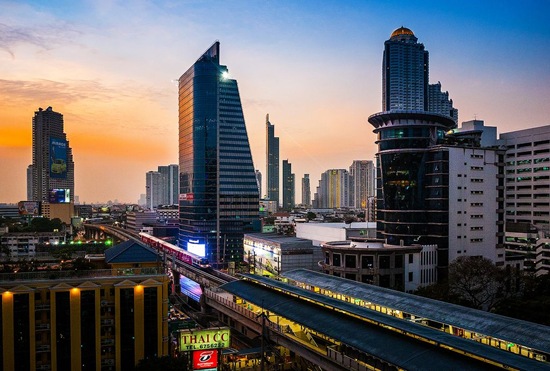
All aboard buses and trains
Travel purists usually shy away from tour buses. Truly experiencing a place requires doing more than catching a glimpse of the major sights through a bus window. But vehicle-based sightseeing can be a great way to get a visual taste of a place before diving in for a closer look.
Many of the world's best cities have reliable, safe and useful public transportation networks that offer the same type of sightseeing experience as a bus tour, minus the high prices (and the guide). From elevated trains that offer a bird’s-eye view of the streets to ferries that provide awesome skyline panoramas and classic buses that give riders a taste of the most famous urban landmarks, there are plenty of chances to see the best sights in the city for only a few dollars.
Here are the best public transportation options for sightseeing. (Text: Josh Lew)
Related Links: (1) 5 ways to make public transit awesome; (2) Is public transportation really greener than driving?
1. San Francisco's trains, cable cars
Photo: Mike Roque/flickr
Most people still associate public transportation in San Francisco with the iconic cable car. Three cable car routes are still in operation, though they are mainly used by tourists, not commuters. These legendary vehicles run up the often-photographed and impossibly steep streets of Nob Hill and Russian Hill. The historic F Line street car, meanwhile, travels along the waterfront, offering some equally-sought-after views.
Both Bay Area Rapid Transit (BART) trains and San Francisco’s Muni light rail trains provide access to the rest of the city and the wider Bay Area. A public transit card called a Clipper Card is the Golden Gate City's version of London's Oyster Card or Hong Kong's Octopus Card. The Clipper can be used on all forms of Bay Area transit, including on some ferries and the regional CalTrain that runs from San Francisco down to San Jose. The aforementioned ferries travel all around the Bay, leaving from the San Francisco waterfront and passing famous sights like the Golden Gate Bridge and Alcatraz.
2. Chicago's Elevated Train
The Chicago Transit Authority’s elevated train network, known colloquially as the “L,” seems like it was almost tailor-made for sightseeing. Of course, not every neighbourhood in the Windy City is worth a visit, but the central Loop area, served by multiple lines, has some great track-level sightseeing. In fact, the Chicago Architecture Foundation provides tours (they’re not free) on the L, both of the Loop's buildings and of the architecture of Chicago's South Side. However, for the price of a standard train ticket (a flat US$2.25 fee regardless of distance), you can skim over the rooftops and in between the historic buildings of this storied city and enjoy its legendary architecture for yourself.
Related Links: (1) 10 phenomenal public fountains: Chicago; (2) 10 inspiring public gardens: Chicago
3. London's double-decker buses
London’s iconic buses still ply the city's streets, providing several million rides each day. Two “Heritage Routes” feature old-style “Routemaster” double decker buses and an on-board conductor who collects fares from passengers. The modern version of the double decker is just as good if you are looking to see some of London's best sights from street level.
With more than 700 routes around the city, it is pretty easy to find something that runs near the places that you want to see. Because of London's traffic, the Tube is a much faster option for getting around the city, but buses are infinitely better when it comes to the view. Prepaid Oyster Cards (for use on all London public transit) and multi-ride bus passes make it easy to hop on and hop off public transit at will. A popular sightseeing bus route is the No. 74 route, which passes museums, the famous Harrods Department Store and Baker Street. Meanwhile, the No. 9 bus runs through Trafalgar Square, and the No. 24 offers glimpses of Leicester Square, Big Ben, and Westminster Abbey.
Related Links: (1) 10 underground tours: London; (2) 10 international cities with stunning skylines: London
4. Hong Kong's Star Ferry
Photo: chungholeung/flickr
Hong Kong has one of the world's most impressive skylines. The dense collection of skyscrapers, with the picturesque hills rising behind them, can be viewed from either the Hong Kong Island or Kowloon waterfront areas. The popular Peak Tram takes riders up to Hong Kong Island's super-touristy Victoria Peak (which has a viewing platform that sits on top of places like McDonald's and Bubba Gump Shrimp). A cheaper and more authentic alternative is to ride the iconic Star Ferry across the harbour. People actually still use these slow moving boats for commuting, but they are also great for sightseeing, allowing riders to see the skylines of both Kowloon and Hong Kong Island during the trip.
The ferries are crowded at rush hour, but the fares are very cheap, so you can easily ride several times in a single day. Longer rides to outlying Lamma and Lantau islands cost quite a bit more, but are still generally cheaper than a boat sightseeing tour (prices for these journeys range from US$10-US$20, depending on the route and speed of the ferry).
Related Links: (1) 10 international cities with stunning skylines: Hong Kong; (2) 10 airports where you'll welcome a layover: Hong Kong
5. Brussels' trams
Photo: Eoghan OLionnain/flickr
Brussels is a city of streetcars. There are no fewer than 17 routes, each offering a unique set of views. Some of the tracks in Brussels run through forested parkland, while others swerve through narrow roads in historic residential areas or pass ornate palaces and sleek modern buildings.
Trams do not have right of way when their tracks run along the side of the streets, so this is certainly not a super-fast way to get around. However, these streetcars are still heavily used, with a recent estimate putting the total number of rides per year at more than 70 million. Riders can buy a 10-ride pass or a one-day unlimited ride pass to see the entire city through a tram window.
Related Links: (1) 10 food tours to expand your mind: Brussels; (2) Destination of the Week: Brussels
6. Vancouver's Skytrain, SeaBus
Photo: hyougushi/flickr
Vancouver has a dense skyline, thanks to its many tall residential buildings. One of the best ways to see the unique urban views is from the water. The SeaBus ferry runs between Vancouver and the city of North Vancouver. It crosses the Burrard Inlet and offers views of the Vancouver skyline and the mountains that frame the city. The ferry is used by commuters as well as tourists, with many people stopping on the North Vancouver waterfront for shopping and a meal before returning to the heart of the city.
Vancouver also operates an elevated “Skytrain” network that covers the southern and eastern parts of the city. Great views of both urban and natural landscapes make the train a worthwhile tool for solo sightseers. Day passes and multi-ride passes are available. These are useful passes since the fare system can be a bit confusing, with different “zones” requiring different tickets.
Related Links: (1) The best big cities for pedestrians: Vancouver; (2) Destination of the Week: Vancouver
7. Bangkok's Skytrain, water taxis
Photo: mnorri/flickr
Bangkok is an impossible city to navigate. Its layout, on top of a number of waterways, makes grid-like road construction impossible. People who travel by road find bottlenecks everywhere. The relatively new Skytrain not only helps commuters rise above the gridlock, it also offers some great views of the mix of modern, historic and cultural buildings that make up this exotic Southeast Asian metropolis.
Bangkok's water taxis provide a taste of the canals and the wide Chao Phraya River that punctuates the city's geography. More expensive tourist boats or long-tail charters are available, but you can take regular water taxis to see many of the same sights. These purpose-made boats are furnished with tarps that help protect passengers from the spray from the polluted canal waters.
Related Links: (1) 10 best street markets in the world: Bangkok; (2) Destination of the Week: Bangkok
8. Lisbon's streetcars
Lisbon's trams (dubbed electircos by locals) provide some of the best street-level views of this atmospheric European capital. The first tram was built in 1901, and the last line of the city-wide network was put in place in 1959. The slow moving streetcars definitely have a classic feel, but they are actually quite useful. Locals still rely on them for transportation everyday.
Tram No. 28, which passes through the Alfama District, is a favourite of in-the-know tourists, while Tram No. 15 heads to the famous Belem neighbourhood from the heart of the city. Many of the tram lines run up and down the narrow, steep streets of Old Lisbon, with only a few feet separating the sides of the tram from the historic buildings.
Related Links: (1) 10 of the world's most impressive aquariums: Lisbon; (2) Destination of the Week: Lisbon
9. Moscow's subway stations
Photo: cyphunk/flickr
Sometimes it is not what you see outside of a train or bus window that makes a public transportation system a great sightseeing tool. In some of Moscow's busiest subway stations, the art is as interesting as what you would find in any of the city's museums. These transit hubs are nothing like the cement and tile stations you'd expect. They have chandeliers, intricate sculptures and inlays, arches, and original artwork created by some of Russia's best and most-famous artists.
Built in 1935, the Komsomolskaya Station looks more like a Byzantine palace than a commuter hub. It has marble arches and historic murals on the dome-like ceiling. Novoslobodskaya Station is known for its stained glass panels, and Kievskaya Station features museum worthy paintings. Other stations in the network feature murals from Soviet-era Russia and even pictures that depict historic events in pre-communist Tzarist Russia.
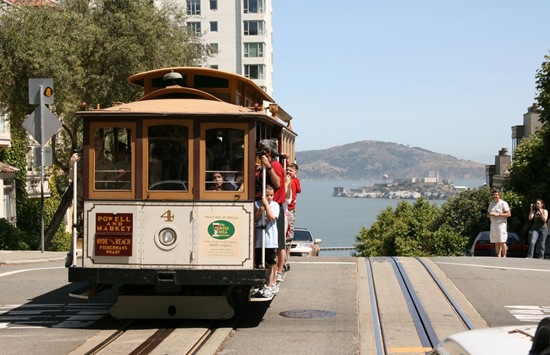
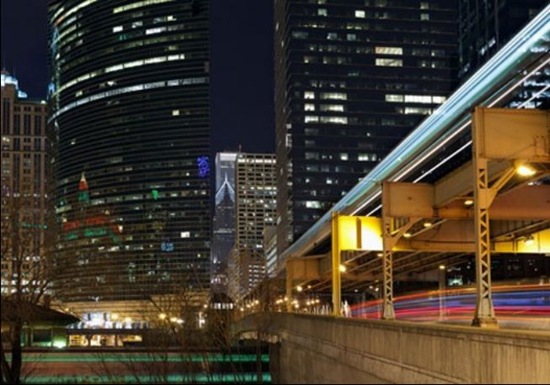
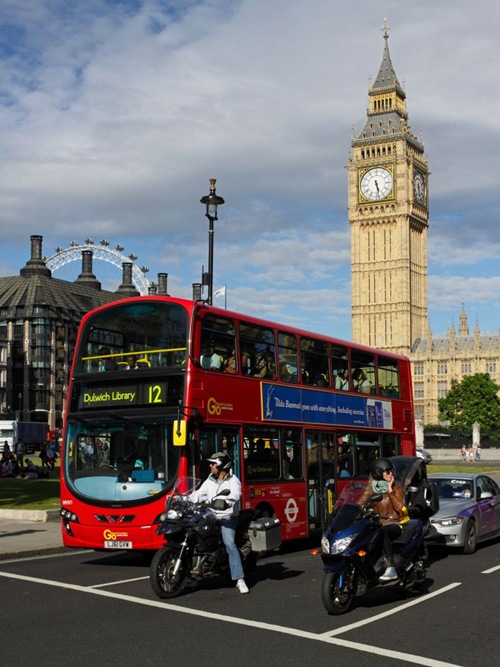

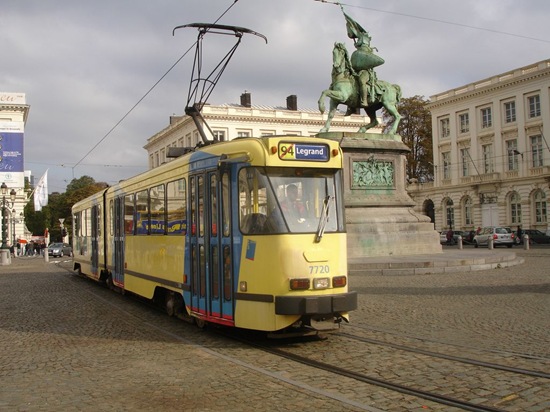
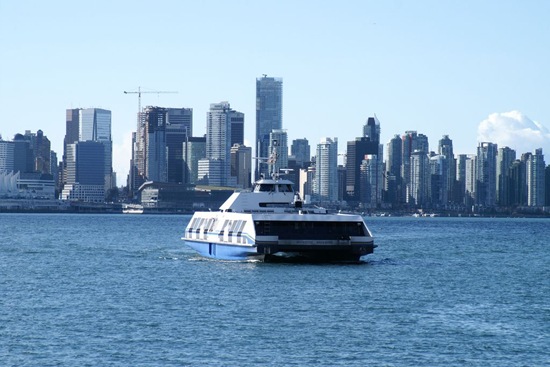
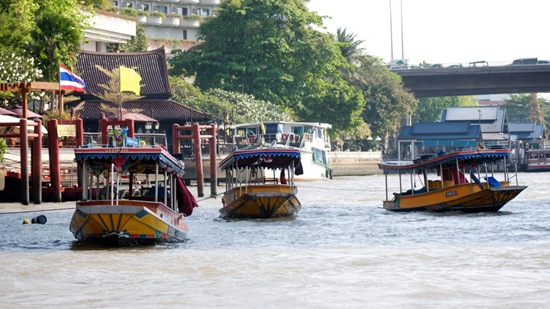

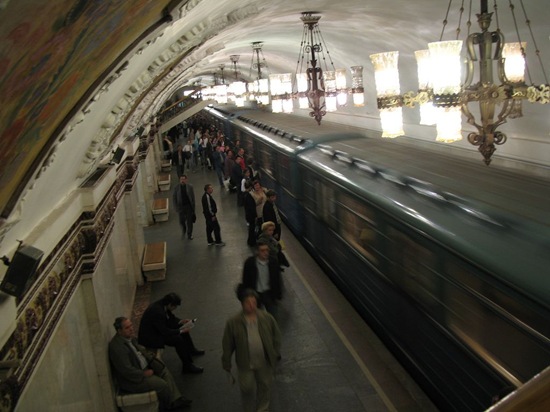
No comments:
Post a Comment
Please adhere to proper blog etiquette when posting your comments. This blog owner will exercise his absolution discretion in allowing or rejecting any comments that are deemed seditious, defamatory, libelous, racist, vulgar, insulting, and other remarks that exhibit similar characteristics. If you insist on using anonymous comments, please write your name or other IDs at the end of your message.